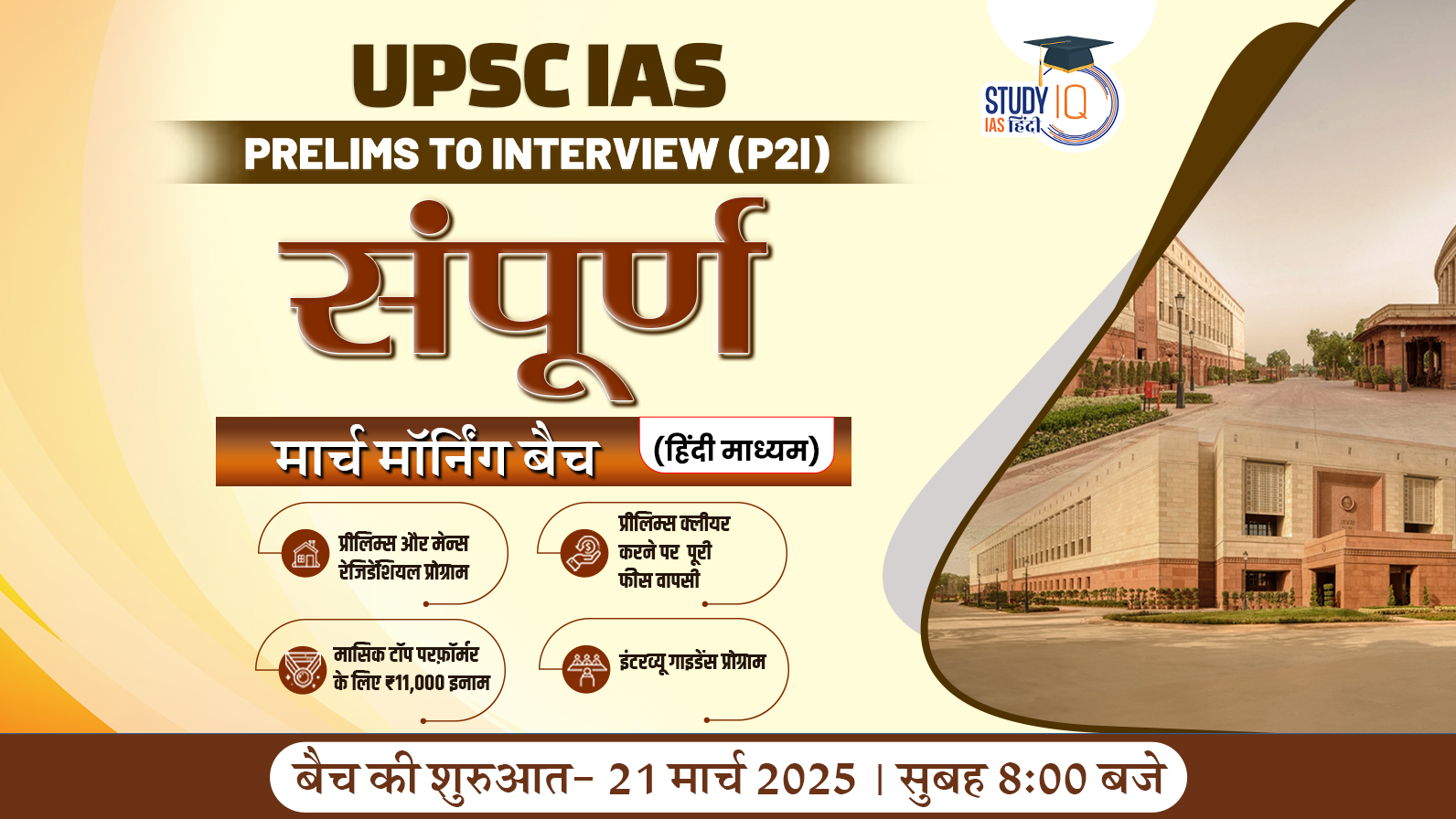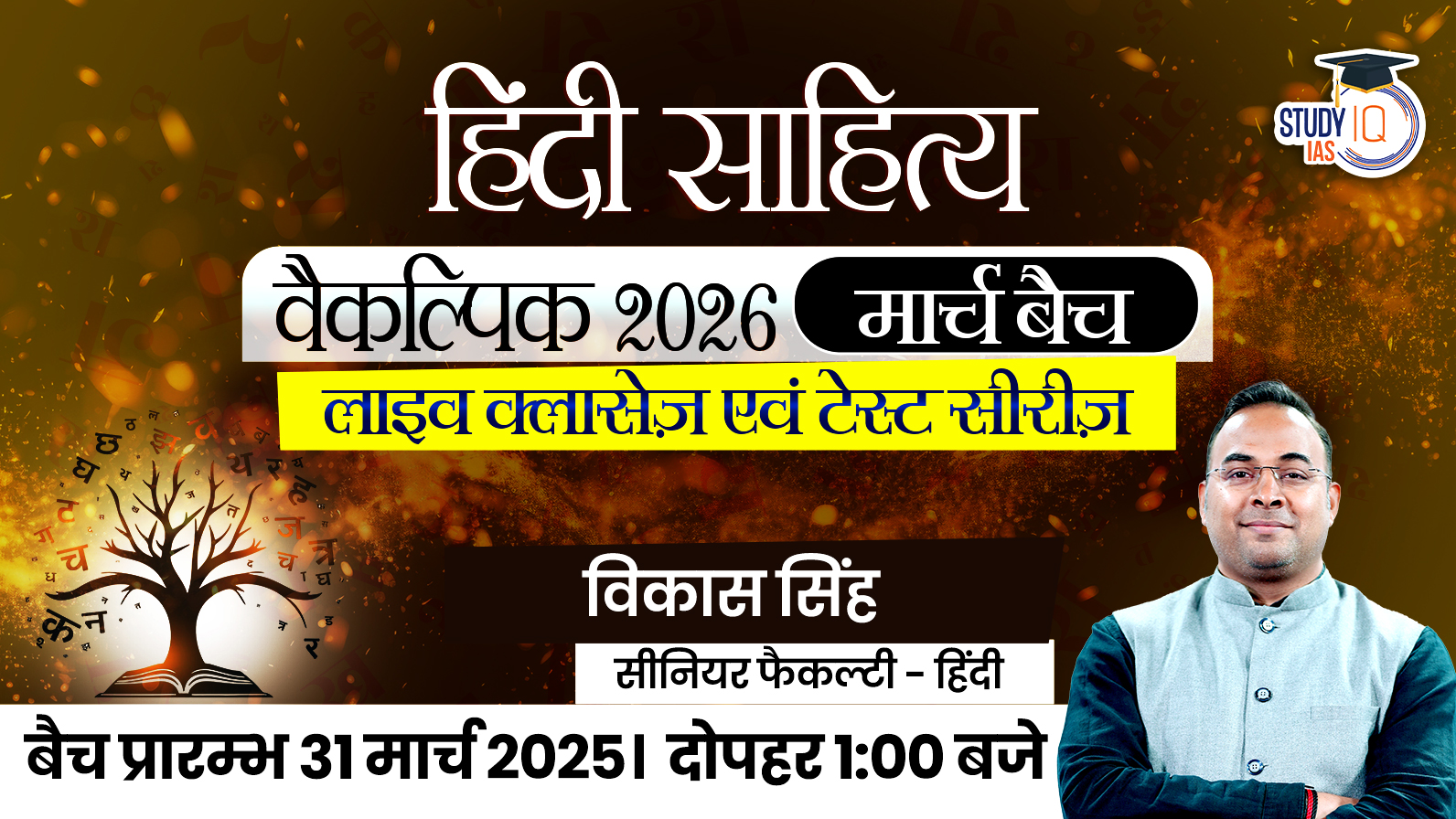science and tech civil services
-
Nuclear Waste, Types, Management and Indian Scenario
Context: India's Prototype Fast Breeder Reactor marks a significant step in its nuclear program, emphasising the challenges of managing highly radioactive nuclear waste and the pursuit of energy independence through thorium utilisation. What is Nuclear Waste? Radioactive waste, or nuclear...
Last updated on March 13th, 2024 07:22 pm -
Geosynchronous Satellite Launch Vehicle (GSLV), Stages, Missions and Significance
The Geosynchronous Satellite Launch Vehicle (GSLV) is a space launch vehicle developed and operated by the Indian Space Research Organization (ISRO) for launching satellites and other objects into Geosynchronous Transfer Orbits. GSLV is capable of carrying heavier payloads into orbit...
Last updated on February 19th, 2024 06:36 pm -
Global Positioning System (GPS), Functionality and Applications
Global Positioning System (GPS) The Global Positioning System (GPS) stands as a testament to human ingenuity, revolutionizing various facets of modern life since its inception in the 1970s. Initiated by the U.S. Department of Defense, GPS has evolved into a...
Last updated on February 8th, 2024 01:55 pm -
Cyber Kidnapping, Types and Measures for Prevention
Kai Zhuang, a 17-year-old Chinese exchange student, fell prey to a "cyber-kidnapping" scam, resulting in his parents being extorted $80,000. Despite the ransom payment, he was found alive but distressed in a Utah wilderness tent. In "cyber kidnapping," criminals exploit...
Last updated on January 4th, 2024 04:34 pm -
ISRO’s XPoSat Mission: Study About Black Holes
The X-ray Polarimeter Satellite (XPoSat) is a space observatory built by the Indian Space Research Organisation (ISRO). It was launched on January 1, 2024, and is expected to operate for at least five years. XPoSat's mission is to study the...
Last updated on January 3rd, 2024 10:10 am -
Artificial Rain in Delhi and Cloud Seeding, Advantages, Disadvantages
Artificial rain, or cloud seeding, is a weather modification method that induces precipitation by introducing substances into clouds. Common agents like silver iodide or solid carbon dioxide (dry ice) are utilized. Silver iodide particles function as artificial condensation nuclei, promoting...
Last updated on November 21st, 2023 12:20 pm -
Nanotechnology Research in India, Applications and Challenges
Nanotechnology research in India began in 2001 with the NanoScience and Technology Initiative (NSTI), funded with Rs. 60 crores. The 2007-launched Nano Mission, backed by Rs. 1,000 crores, aimed to boost basic nanotechnology research and infrastructure. The Nanotechnology Initiatives Division...
Last updated on November 15th, 2023 06:10 pm -
National IPR Policy 2016, Objectives, Features and Benefits
The National Intellectual Property Rights (IPR) Policy of 2016 in India aimed to promote innovation and creativity through a balanced IPR framework. It focused on enhancing awareness, strengthening legal mechanisms, establishing a single-window clearance system, and encouraging commercialization of intellectual...
Last updated on November 15th, 2023 05:05 pm -
Machine Learning, Features, Benefits and Challenges
Machine learning is a subfield of artificial intelligence (AI) that helps build AI-driven applications. It's a branch of computer science that uses data and algorithms to imitate how humans learn. Machine learning enables robots to study data, learn from it,...
Last updated on November 15th, 2023 01:19 pm -
Basics of Nanotechnology, Applications, Advantages and Challenges
Nanotechnology is a field of science and technology that involves the manipulation and control of matter at the nanoscale, typically within the range of 1 to 100 nanometers. At this scale, unique properties and behaviours emerge that are not present...
Last updated on November 14th, 2023 10:46 am






















